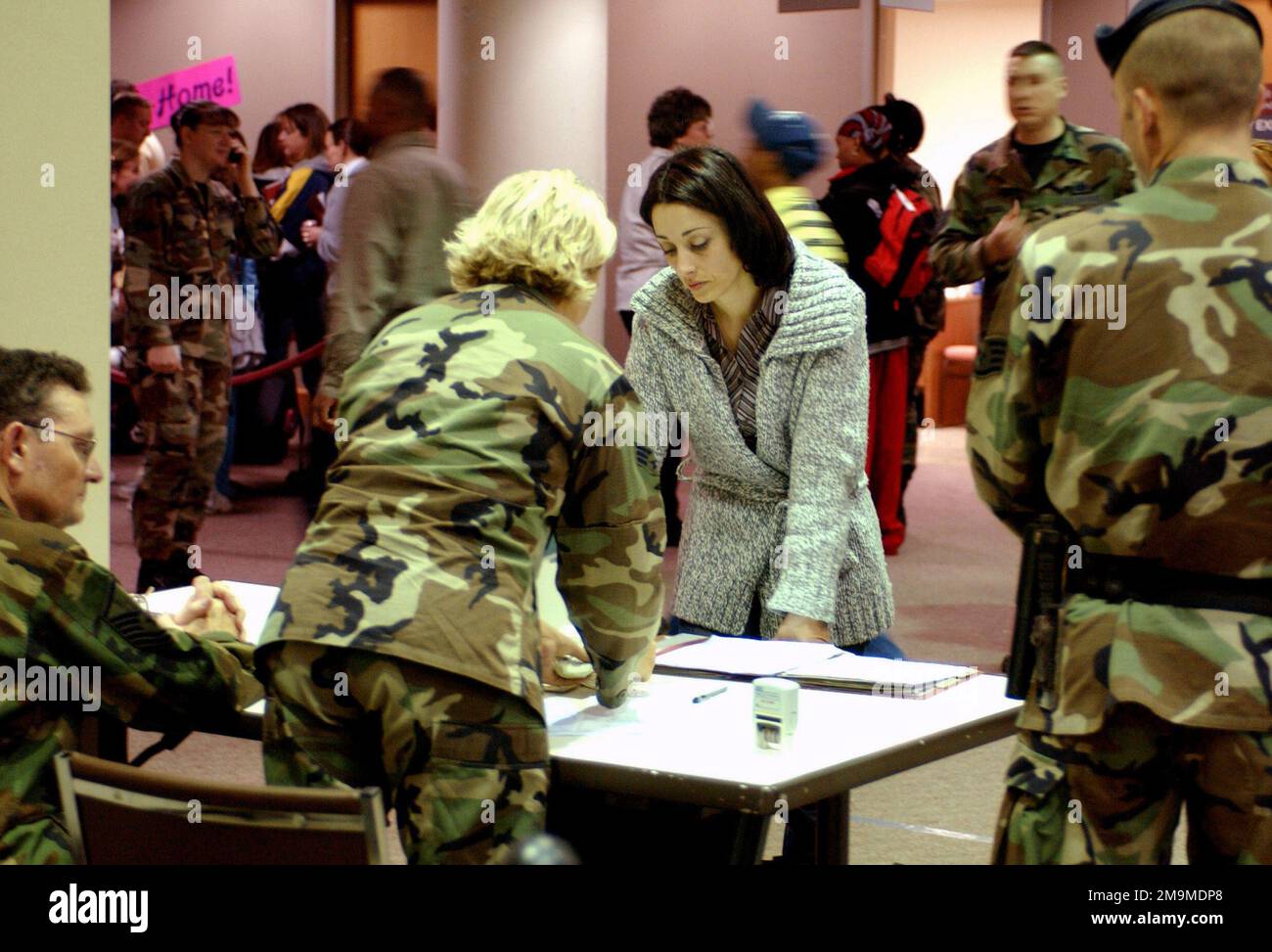What Happened
The U.S. Department of Defense has authorized the voluntary departure of military dependents from various locations across the Middle East, a decision made amid rising tensions in the region. This move, announced by Secretary of Defense Pete Hegseth, primarily affects families stationed at U.S. bases, particularly in Bahrain, which hosts a significant number of military dependents. While no specific threats were cited, the decision aligns with a broader context of escalating regional instability, particularly involving Iran-backed militias and ongoing conflicts in neighboring countries.
Simultaneously, reports indicate that the U.S. is preparing for a partial evacuation of its embassy in Baghdad, Iraq, due to “heightened security risks.” This decision comes as the region faces increased tensions following the prolonged conflict in Gaza and ongoing hostilities between U.S. allies and Iran. The U.S. military maintains a presence in several key locations across the Middle East, including Iraq, Kuwait, Qatar, Bahrain, and the United Arab Emirates.
Key Details
-
Voluntary Departure Authorization: The Pentagon’s authorization allows military families to leave the region at government expense. This is a standard procedure when security conditions deteriorate, as outlined in U.S. military doctrine (JP 3-68).
-
Affected Areas: The directive primarily impacts U.S. bases in Bahrain, Iraq, Syria, and other locations within the Central Command (CENTCOM) area of responsibility. However, it has been clarified that no U.S. service members are being evacuated at this time.
-
Security Context: The decision comes amid increased activity by Iran-backed militias and a general rise in regional instability. U.S. officials have noted that while there is no specific threat, the situation remains fluid and requires close monitoring.
-
Economic Impact: Reports of potential evacuations have influenced oil prices, with Brent crude futures rising over 4% following the news, reflecting market sensitivity to geopolitical developments in the region.
-
U.S. Military Presence: The U.S. has approximately 2,500 troops stationed in Iraq, alongside significant military installations in other Gulf countries. The presence of U.S. forces is a point of contention, particularly with Iran-aligned factions in Iraq.
Multiple Perspectives
The decision to authorize the voluntary departure of military dependents has drawn various interpretations:
-
Support for the Decision: Some military analysts argue that the precautionary measures reflect a responsible approach to safeguarding the well-being of service members’ families amid rising tensions. They emphasize that such evacuations are standard protocol in response to deteriorating security environments.
-
Criticism of Overreaction: Conversely, some critics argue that the U.S. response may be disproportionate, especially given that Iraqi officials have reported no immediate security threats necessitating such actions. This perspective suggests that the U.S. might be overestimating risks based on broader geopolitical tensions rather than specific threats.
-
Concerns Over Regional Stability: Experts also highlight that the ongoing conflict in Gaza and the U.S.’s adversarial relationship with Iran complicate the security landscape. The potential for escalation in military activity raises concerns about the safety of U.S. personnel and interests in the region.
Context & Background
The Middle East has long been a focal point of geopolitical tensions, with U.S. military presence serving both as a deterrent against hostile actions and a source of contention with regional powers, particularly Iran. The recent escalation in violence in Gaza and the subsequent threats from Iran have heightened fears of a broader conflict that could involve U.S. forces.
The U.S. has historically maintained a military presence in the region to protect its interests, support allies, and counter threats from extremist groups and state actors. The current situation reflects a complex interplay of military strategy, diplomatic relations, and regional security dynamics.
The authorization for voluntary departures and potential embassy evacuations underscores the precarious nature of U.S. involvement in the Middle East, where local conflicts can quickly escalate into broader confrontations involving multiple nations.
What We Don’t Know Yet
Several uncertainties remain regarding the situation:
-
Specific Security Threats: While U.S. officials have cited heightened risks, they have not detailed the specific threats prompting these evacuations. Understanding the nature of these risks is crucial for assessing the appropriateness of the U.S. response.
-
Impact on U.S. Operations: The long-term implications of these evacuations on U.S. military operations in the region are not yet clear. It remains to be seen how the departure of military families will affect troop morale and operational capabilities.
-
Future of U.S.-Iran Relations: The ongoing negotiations regarding Iran’s nuclear program and the potential for military conflict remain fluid. The outcomes of these discussions could significantly influence the security environment in the Middle East.
-
Regional Reactions: The response from regional actors, particularly Iran and its allies, to the U.S. military’s actions and the evacuation of families is still unfolding. Their reactions could further shape the dynamics of conflict and cooperation in the region.
In summary, the recent developments regarding the voluntary departure of military dependents and potential embassy evacuations highlight the fragile security situation in the Middle East, driven by a complex web of regional conflicts and geopolitical tensions. As the situation evolves, continued monitoring and analysis will be essential to understand its implications for U.S. foreign policy and regional stability.


